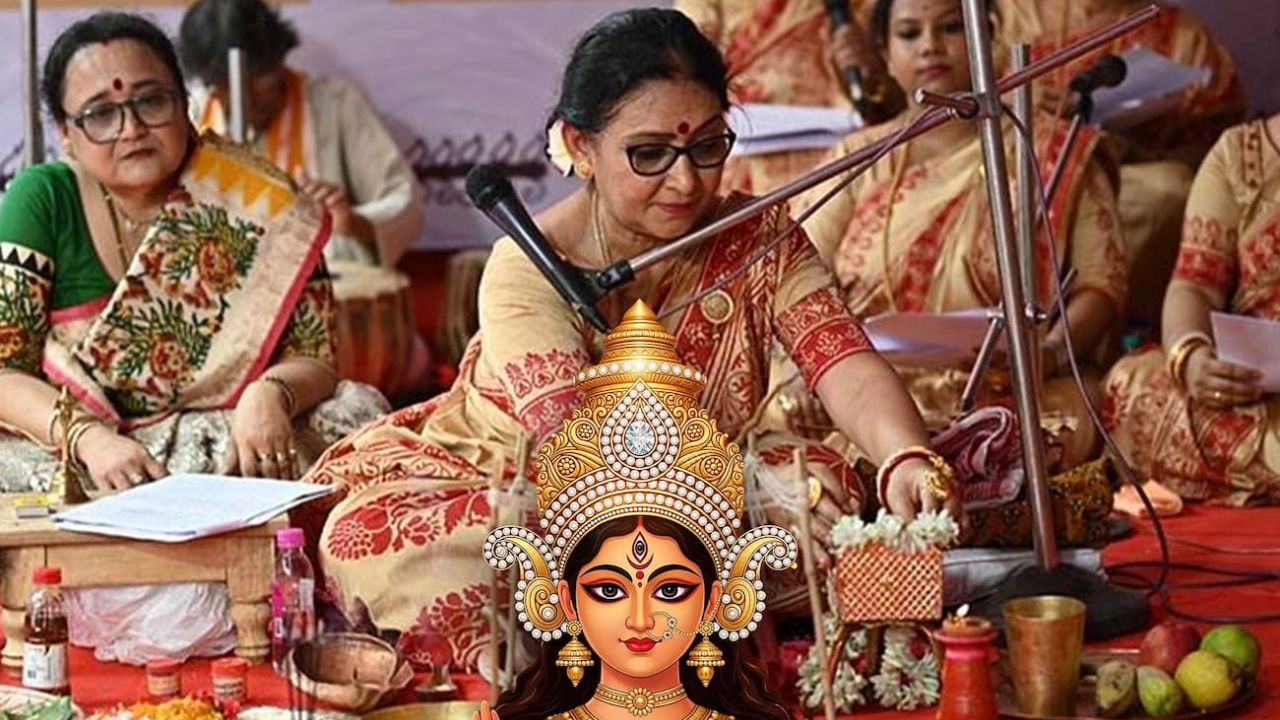Durga Puja isn’t just a festival — it’s a living, breathing story of power, art, and evolution.
Every autumn, Bengalis across the world come together to celebrate the five-day festival of Durga Puja — a glorious blend of devotion, creativity, and cultural identity. What began centuries ago as a religious ritual has transformed into a global phenomenon, showcasing not only reverence for Goddess Durga but also society’s changing values, technological innovations, and the unshakable power of women.
A Tradition Rooted in Power and Homecoming
The festival has its origins in Hindu mythology — the victory of Goddess Durga over the demon Mahishasura, symbolizing the triumph of good over evil. Initially, the grand celebrations were hosted by Bengal’s Zamindars (landlords) in their spacious Thakur Dalans during the 16th century. Later, the Barwari Puja (community puja) emerged, bringing together neighborhoods to honor the goddess collectively.
But Durga Puja is more than just mythology. It’s also a deeply emotional moment for many — a daughter’s homecoming. In the collective Bengali heart, Durga is not only a powerful goddess but also a beloved daughter returning home.
Today, as Bengalis migrate across continents, they’ve carried this tradition with them. From New Jersey to Melbourne, Sao Paulo to Dublin, Durga Puja is celebrated in more than 35 countries, often over weekends, but always with the same warmth and devotion.
Women Leading the Way: Breaking Barriers
Perhaps the most striking sign of change is how women are reclaiming spaces once reserved for men.
In 2021, Kolkata witnessed a historic moment when Shubhamastu, a group of women priests, conducted a Barwari Puja — breaking centuries-old gender norms. Since then, they’ve become a regular part of the city’s festive calendar. Similarly, the Mohila Dhaki Babadhamraj Sampradaya, a troupe of 10 women from North Bengal, have taken up the Dhak — the iconic drum of Durga Puja — traditionally played only by men.
Women are also the backbone of countless puja committees, managing everything from logistics to cultural programs and community outreach. This shift is not limited to Bengal.
- In Brazil, Ratnabali Adhikari has completed over 15 years as a priest in Sao Paulo.
- In South Carolina, Moumita Chakraborty led a community puja of 250 Bengali families.
- In Ireland and Germany, female priests are becoming a familiar sight.
While some conservative voices still cling to traditional ideas of ritual purity, the growing acceptance of women priests proves that inclusion enriches devotion.
Where Art Meets Awareness: The Rise of Thematic Pandals
Durga Puja has always been a feast for the senses. But in recent years, puja pandals have evolved into spaces of storytelling and social commentary.
- One South Kolkata pandal paid homage to Bengal’s forgotten freedom fighters, letting visitors walk through history.
- Another themed “Shabdo” (sound) mourned the fading symphony of nature amidst urban chaos, reminding us of birdsong we rarely hear anymore.
- Some themes explored transformation and renewal, using metaphors like “seed” to convey life’s endless potential.
Importantly, eco-friendly materials are taking center stage, reflecting the sacred bond between nature, community, and divinity.
Puja with a Purpose: Technology and Social Issues
Not all themes are rooted in nostalgia. Many pandals today confront modern challenges head-on.
- One pandal focused on the resilience of acid attack survivors, turning a place of worship into a space for reflection and solidarity.
- Another dared to ask: “Artificial Intelligence — Boon or Curse?” A giant robot and a symbolic time machine hung from the ceiling, sparking conversations on technology’s growing hold on our lives.
These artistic expressions make Durga Puja not just a festival, but a platform for social change and dialogue.
Global Puja: A Living, Evolving Tradition
Whether in Kolkata or California, Durga Puja is no longer a relic of the past. It’s a vibrant, living celebration that adapts to the present while honoring its roots. Women leading rituals, artists weaving social narratives, communities embracing technology — all these elements prove that the goddess’s spirit is as timeless as ever.
Durga Puja continues to be a conversation between tradition and transformation, between faith and innovation. And perhaps, that’s exactly what keeps it alive — the ability to reflect who we are, where we’ve come from, and where we’re headed.
✨ Durga Puja isn’t just about worshiping the goddess — it’s about celebrating the power she represents in all of us.
Source: Americankahani


